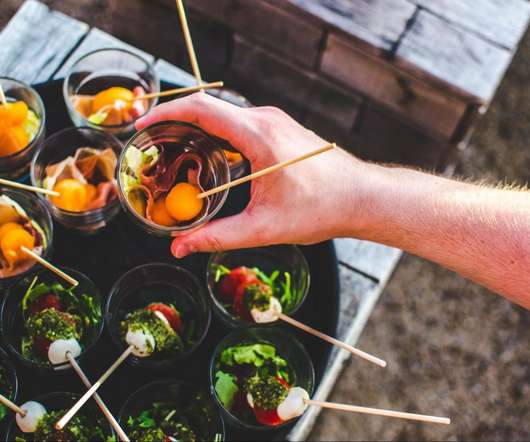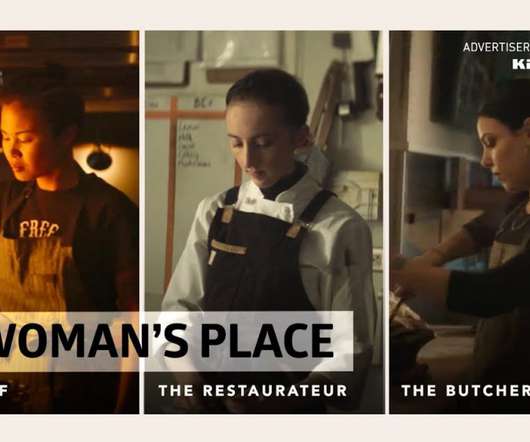Blue Hill at Stone Barns Tells a Beautiful Story. Former Employees Say It’s Too Good to Be True.
EATER
JULY 6, 2022
COMPOST oven: 155 degrees. This was the latest iteration of Blue Hill at Stone Barns’ compost oven, which cooks food in the most sustainable way imaginable — with heat from waste being recycled on-site. The compost egg was such a blatant lie it felt silly,” she says, adding that it left her wondering, “ Why am I doing this? ”.
















Let's personalize your content